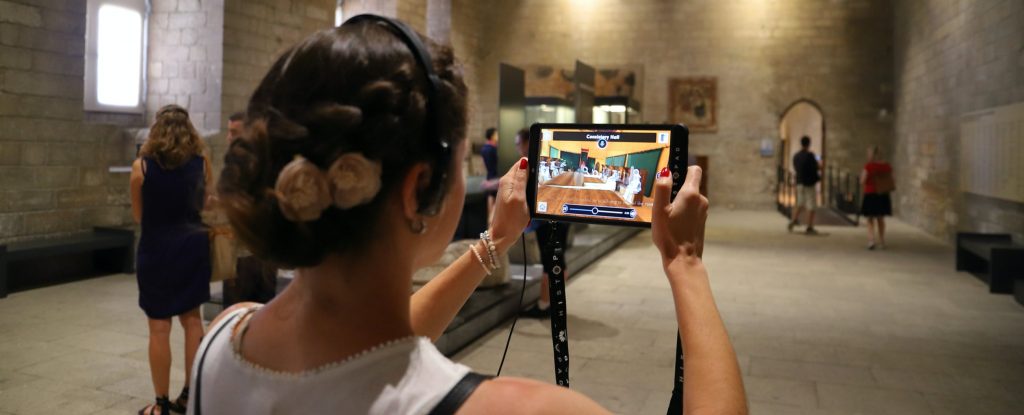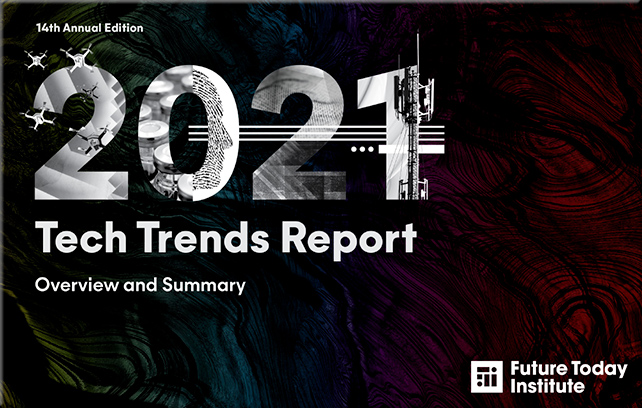Apple CEO Tim Cook: AR Is “Critically Important” For The Company’s Future — from vrscout.com by Bobby Carlton
Excerpts:
When the subject of AR and it’s potential came up, Cook said “You and I are having a great conversation right now. Arguably, it could even be better if we were able to augment our discussion with charts or other things to appear.”
In Cook’s opinion, AR will change the way we communicate with our friends, colleagues, and family. It’ll reshape communication in fields such as health, education, gaming, and retail. “I’m already seeing AR take off in some of these areas with use of the phone. And I think the promise is even greater in the future,” said Cook.
Also see:
- How Extended Reality Tools Can Bring New Life to Higher Education — from by Soulaymane Kachani
And it is not enough to try to use existing VR/XR applications and tailor them to educational scenarios. These tools can and should be created with pedagogy, student experience, and learning outcomes as the priority.















